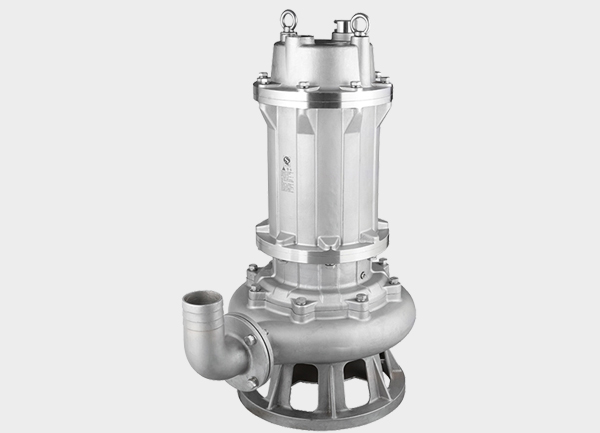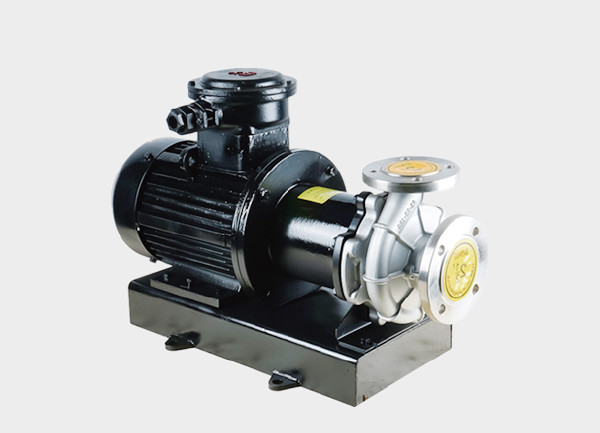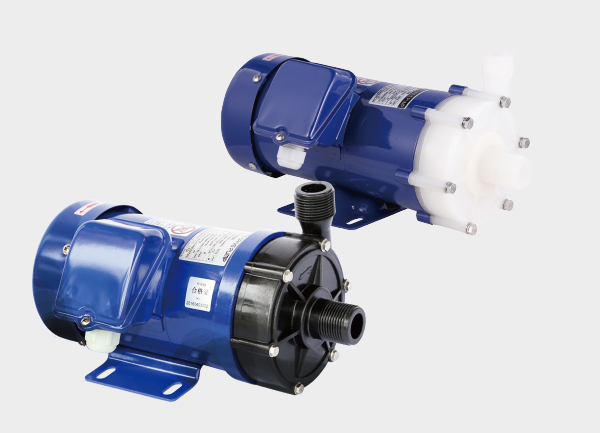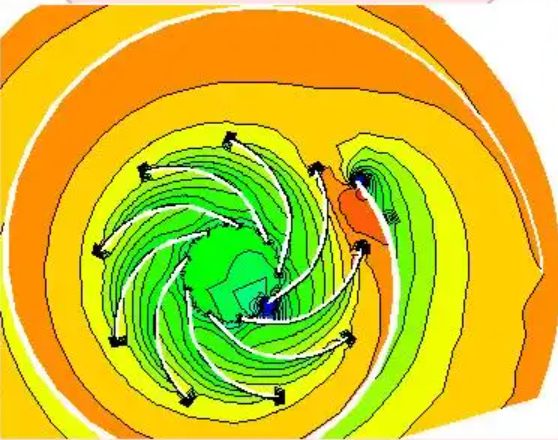In industrial and municipal wastewater systems, self-priming sewage pumps play a vital role in ensuring efficient and reliable drainage. To fully understand their function and select the right model, it is essential to analyze them through five technical dimensions: scientific working principle, structural classification, key performance parameters, application adaptability, and installation & maintenance standards.

1. Core Working Principle (Scientific Mechanism)
The self-priming ability of a self-priming sewage pump is not based on “active suction,” but rather on a gas-liquid mixing and separation process that creates negative pressure in the pump casing. The process includes four distinct stages:
Startup Phase:
When the motor drives the impeller, the small amount of liquid retained inside the pump casing (the “priming liquid”) is thrown outward by centrifugal force, forming a low-pressure zone at the impeller inlet.Air Intake Phase:
This low pressure draws air from the suction pipeline into the pump, where it mixes with the circulating liquid to form a gas–liquid mixture.Gas–Liquid Separation Phase:
The mixture enters the separation chamber, where the heavier liquid settles and returns to the impeller inlet, while the lighter air rises and escapes through the exhaust port.Stable Pumping Phase:
As air is expelled, liquid gradually replaces it in the suction line. Once the pipeline is fully filled with liquid, continuous sewage pumping begins—achieving true self-priming without manual refilling.
Key prerequisites:
The pump casing must retain a certain amount of priming liquid after the first operation.
The suction pipeline must be completely airtight; any air leakage will destroy the vacuum and prevent self-priming.
2. Technical Classification (By Structure and Application)
Self-priming sewage pumps can be classified into three structural types, each with distinct performance characteristics and application suitability:
| Type | Structural Features | Key Advantages | Suitable Applications |
|---|---|---|---|
| Self-Priming Centrifugal Pump | Single-stage, open/semi-open impeller, with separate gas–liquid separator | Stable flow, medium head (5–30m) | Domestic sewage, construction drainage, low-fiber wastewater (solid particles ≤50mm) |
| Non-Clog Self-Priming Sewage Pump | Dual-channel impeller (non-blade design) | Excellent anti-clogging, handles fibrous/slurry media | Paper mill wastewater, food processing waste, or fiber-rich sewage |
| Submersible Self-Priming Sewage Pump | Integrated motor and pump design, partially submersible | Compact, easy installation, no long suction pipeline | Deep wells or confined spaces such as basements or septic tanks (>3m depth) |
3. Key Performance Parameters (Scientific Definitions & Influencing Factors)
Choosing the right pump requires matching five critical parameters precisely. Any mismatch may lead to low efficiency or equipment failure.
(1) Flow Rate (Q):
Definition: Volume of sewage pumped per unit time, measured in m³/h or L/s.
Selection rule: Based on actual wastewater generation. For instance, a factory producing 20 m³/h of wastewater should select a pump rated ≥22 m³/h (with a 10% safety margin).
(2) Head (H):
Definition: The total vertical height the pump can lift a fluid, including pipeline resistance.
Calculation:
Required Head = Vertical Lift + (15–20% pipeline loss)Note: Horizontal distance also affects head—roughly, 10 m horizontal ≈ 1 m head equivalent.
(3) Suction Lift (Hs):
Definition: The maximum vertical distance from the pump centerline to the liquid surface.
Influencing factors: Atmospheric pressure (theoretical max 10.3 m), liquid temperature (higher temperature lowers lift), and density (sewage > water).
Typical working range: 1–7 m.
(4) Net Positive Suction Head (NPSH):
Definition: Minimum pressure head required to prevent cavitation (bubble formation and collapse at the impeller).
Selection rule: The available NPSH (NPSHa) must exceed the required NPSH (NPSHr) indicated by the manufacturer to avoid cavitation damage.
(5) Medium Adaptability Parameters:
Solid particle size: ≤ rated passage size (e.g., ≤80 mm).
Temperature: -10°C to 80°C standard; use fluororubber seals for high-temperature sewage.
pH range:
Neutral wastewater (pH 6–8): cast iron pump body.
Corrosive wastewater (pH <4 or >10): stainless steel (304/316L) or plastic body (e.g., PP, PVDF).
4. Application Adaptability (Precise Matching by Scenario)
Different sewage types demand different structural and material configurations:
Industrial Wastewater (Chemical Plants):
Acidic/alkaline media (e.g., electroplating wastewater, pH 2–3) → use 316L stainless steel body + fluororubber seals, semi-open impeller, 20% head margin for pipe corrosion losses.Municipal Sewage (Drainage & Cleaning):
Contains fibers, plastics, and gravel (≤100 mm). Use non-clog self-priming pumps with dual-channel impeller + cutter mechanism to prevent entanglement.Agricultural Wastewater (Livestock Farms):
High suspended solids (>10%), high viscosity (>50 cP) → choose large-diameter open impeller pumps (inlet ≥100mm), suction lift ≤3m for better priming efficiency.Residential Sewage (Basements, Septic Tanks):
Moderate solids, compact space → choose submersible self-priming sewage pumps with automatic start-stop control (float switch) to prevent overflow and reduce manual supervision.
5. Installation and Maintenance Standards (Operational Best Practices)
Installation Guidelines:
Suction pipeline: Keep length ≤10 m, diameter ≥ pump inlet; all joints must be sealed with tape or compound to prevent air leakage.
Pump mounting: Keep pump shaft horizontal; ensure the exhaust port is unobstructed to allow trapped air to escape.
Bottom valve: Install a check valve if the suction pipe is >5 m or if the medium contains solids to prevent backflow and re-priming failure.
Maintenance Guidelines:
Regular checks:
Every 100 hours: inspect seals; replace if leakage exceeds 10 drops/min.
Every 500 hours: disassemble the impeller and clean internal components.
Medium variation: Stop operation and inspect materials if wastewater composition changes (e.g., sudden pH drop).
Winter protection: Drain liquid after shutdown in temperatures <0°C to prevent casing damage from freezing.
Conclusion
A self-priming sewage pump is a technically refined device that merges the convenience of automatic priming with robust wastewater-handling capability. When selected and operated correctly—considering medium type, suction lift, and material compatibility — it ensures long-term, leak-free, and efficient sewage management across industrial, municipal, agricultural, and residential applications.







